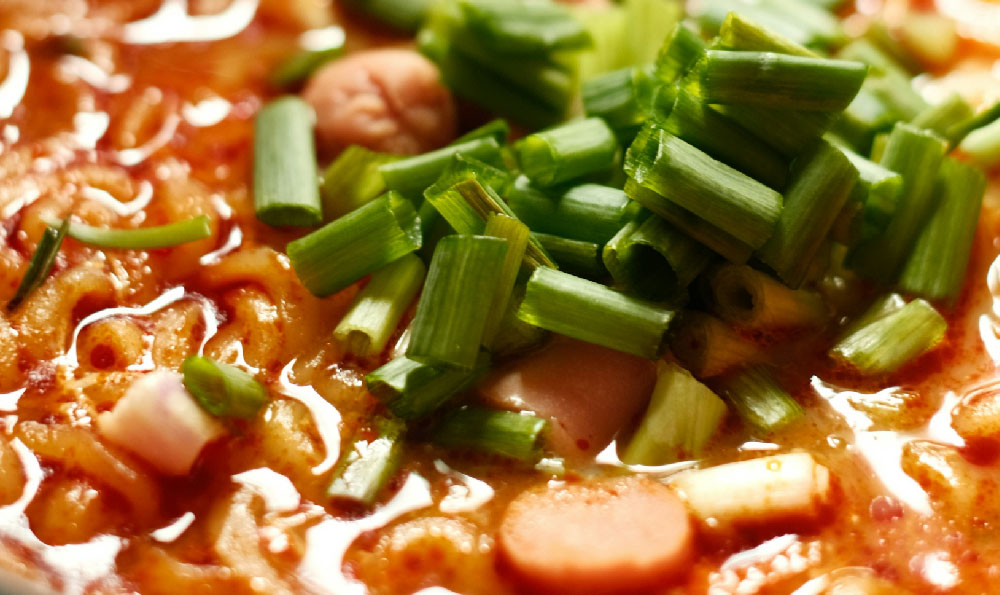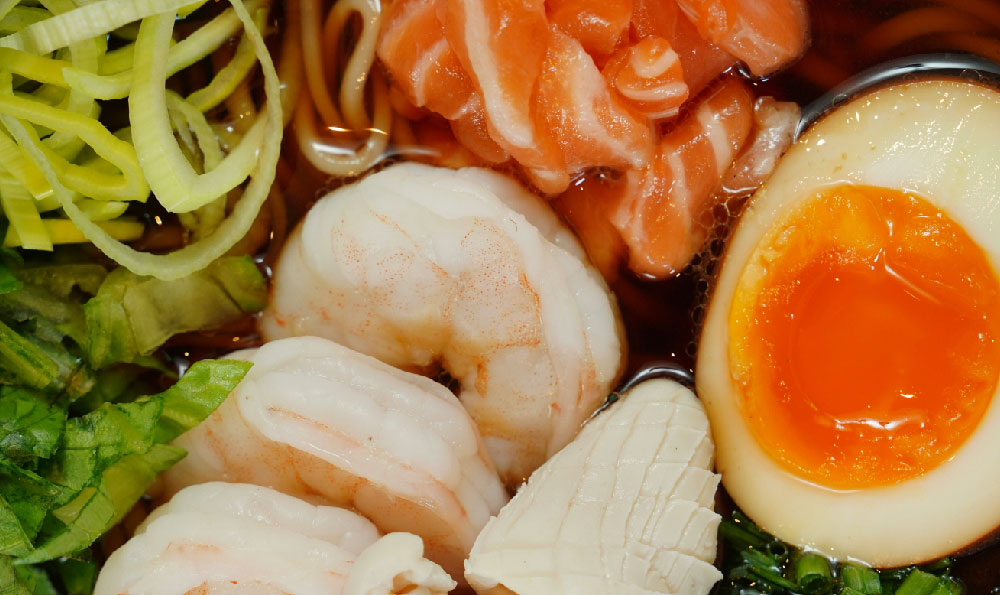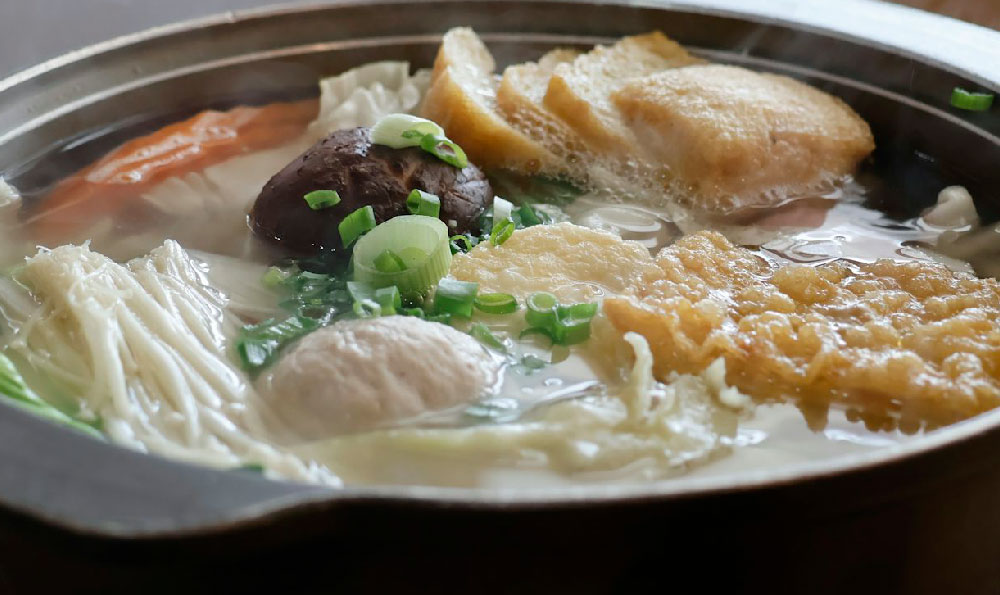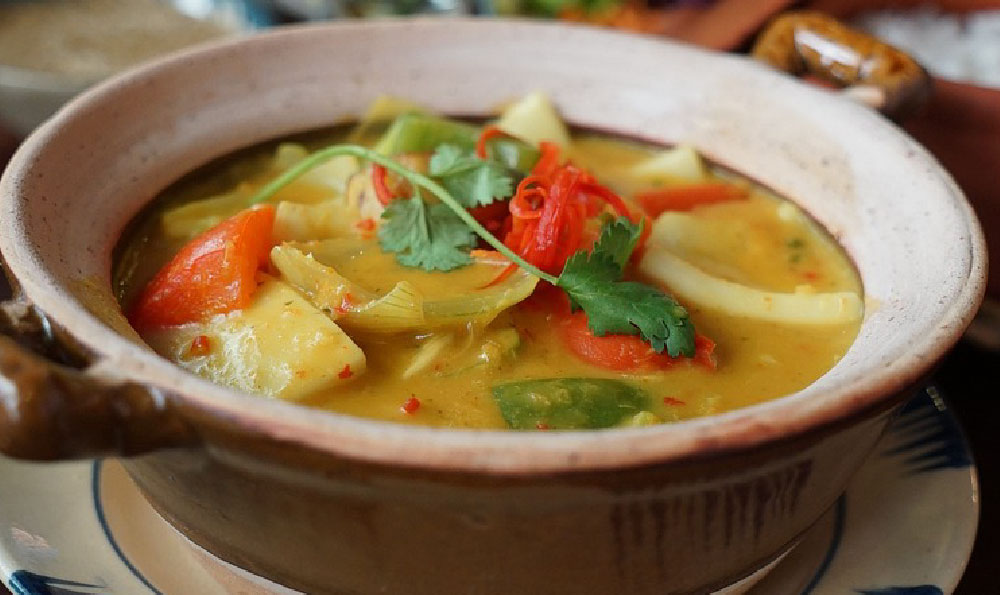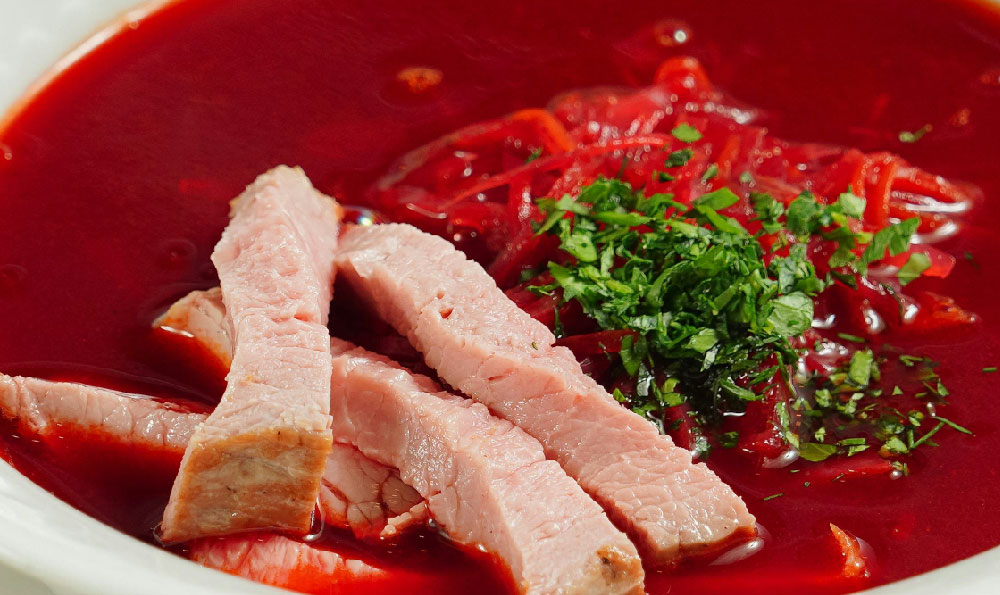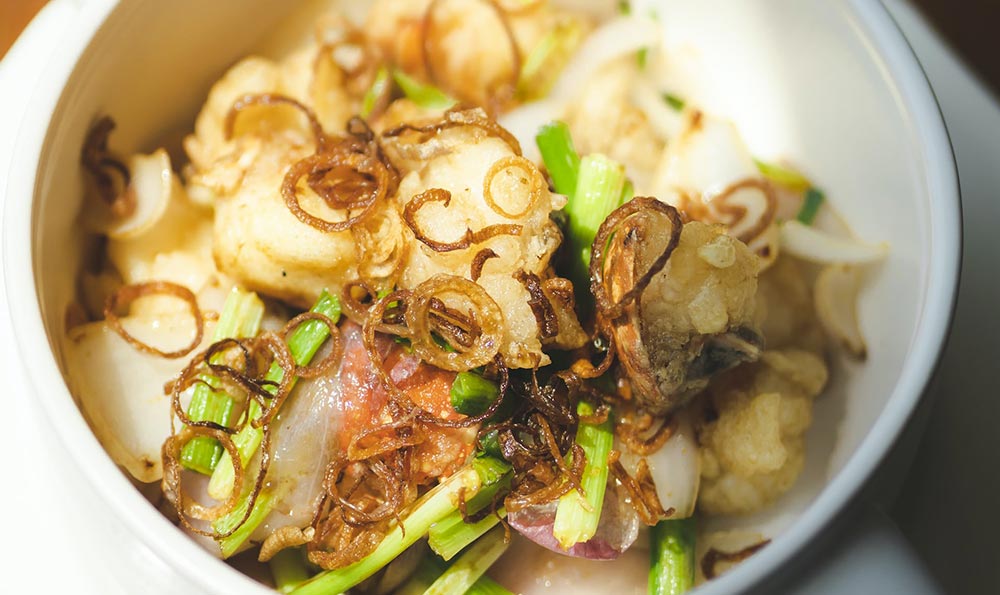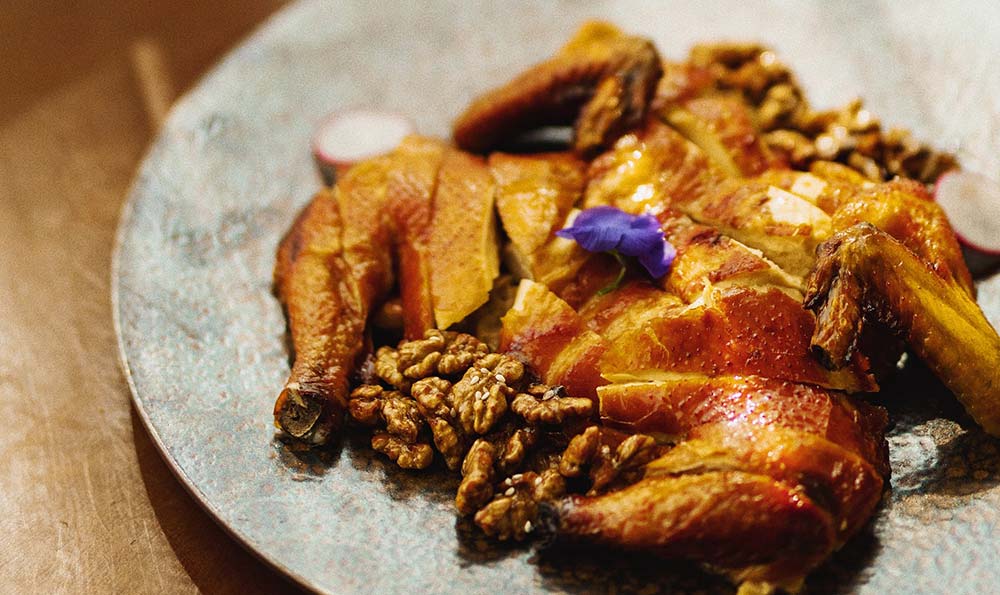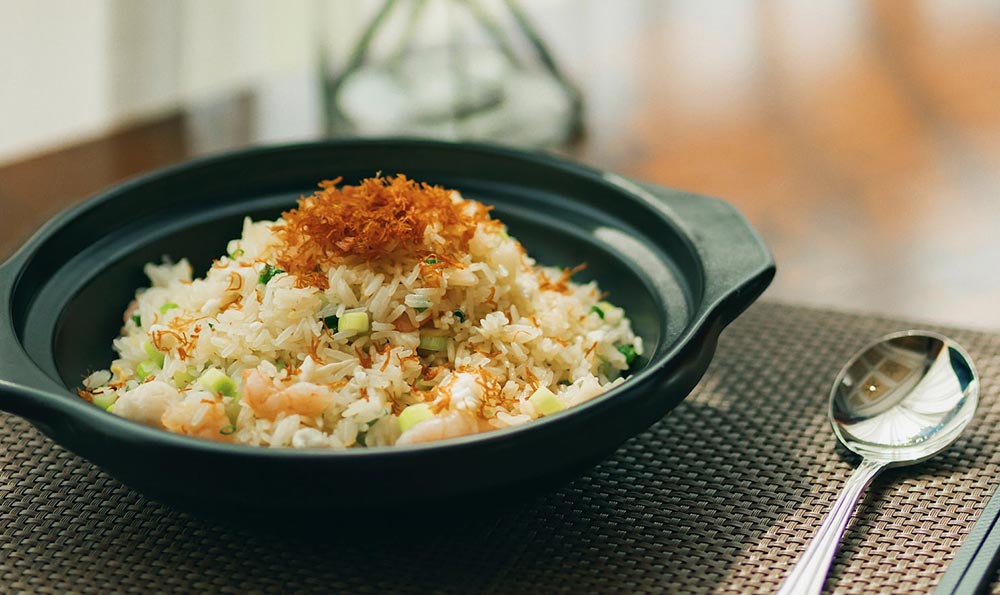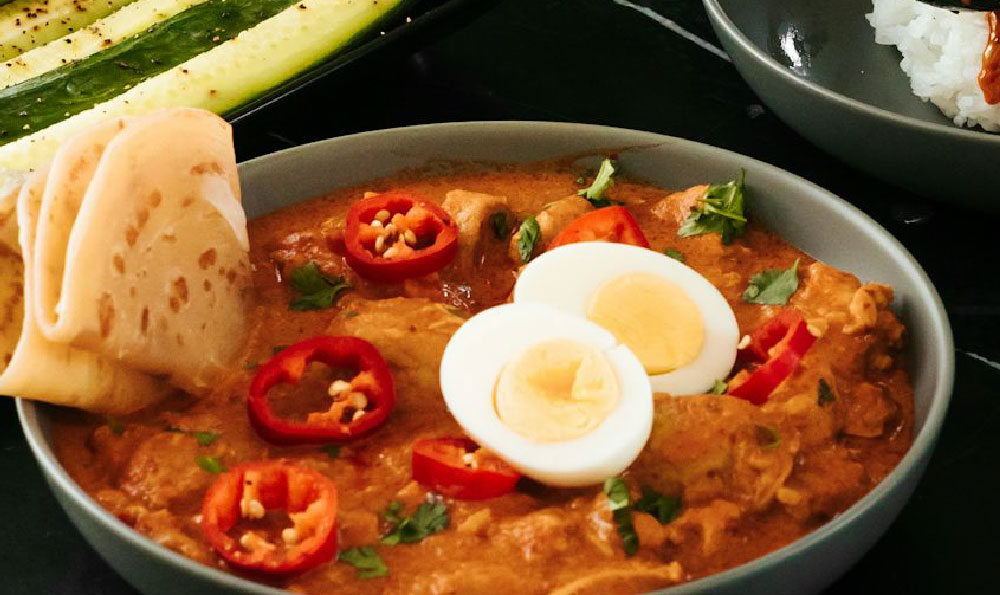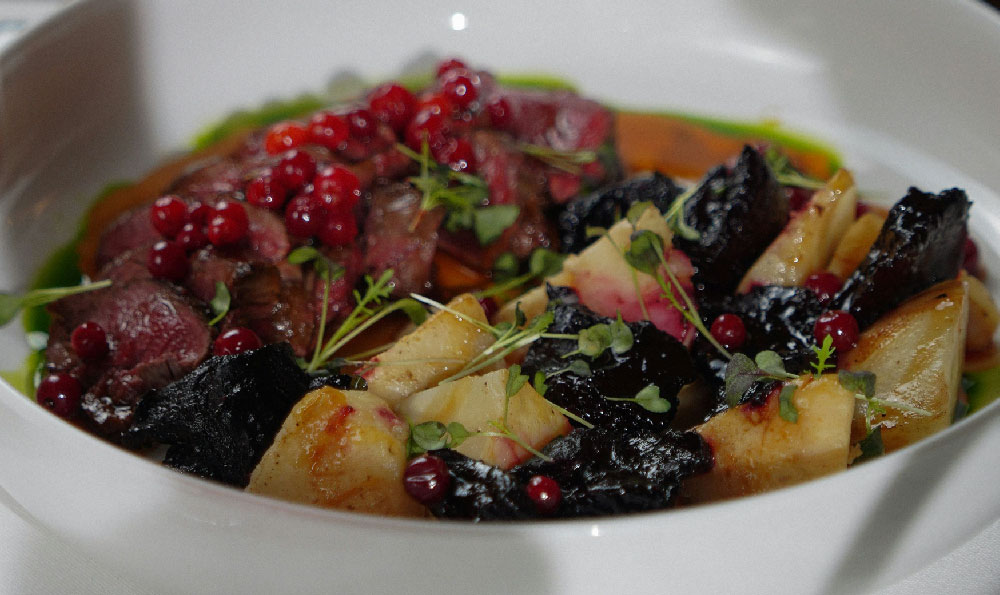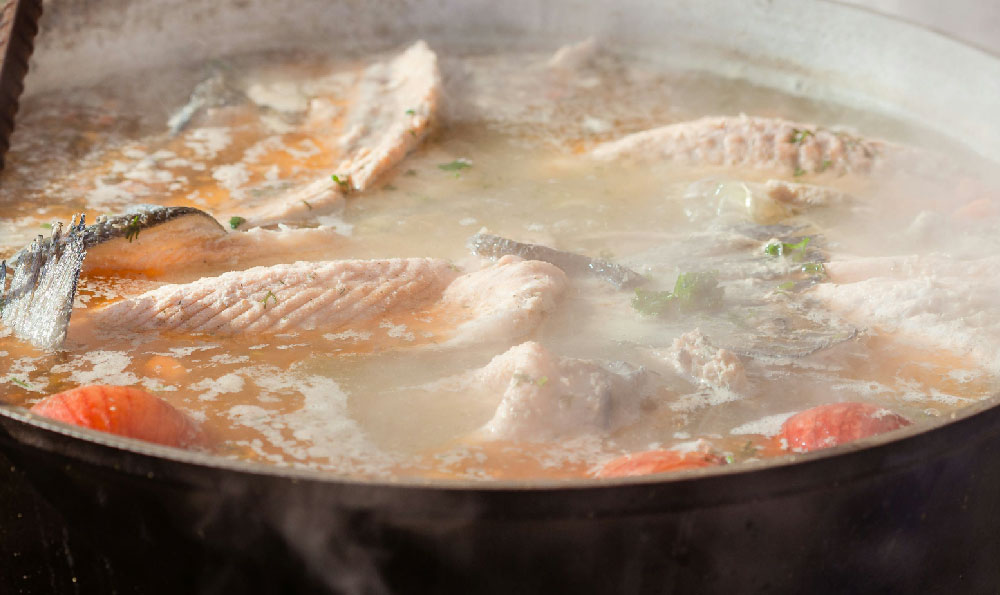\"Headaches and Nausea After Eating Spicy Hot Pot\"

Introduction:
Headaches and nausea are some of the common side effects experienced by individuals after consuming spicy hot pot, also known as \"麻辣烫\" (málà tàng) in Chinese cuisine. These symptoms can be attributed to various factors, including the spiciness of the dish, individual tolerance levels, and the ingredients used. This article aims to provide an objective and educational perspective on the potential causes and remedies for the discomfort experienced after consuming spicy hot pot.
1. The Spiciness of the Dish:
Spicy hot pot is characterized by its intense and numbing spiciness, which comes from the liberal use of Sichuan peppercorns, chili peppers, and other spices. These ingredients contain capsaicin, a compound known to stimulate the body\'s pain receptors. As a result, some individuals may experience headaches and nausea as a physiological response to the spiciness.
2. Individual Tolerance Levels:
The effects of consuming spicy food can vary from person to person, depending on their tolerance levels. Individuals with a lower tolerance for spiciness may experience more pronounced symptoms such as headaches and nausea. Additionally, factors such as age, overall health, and pre-existing conditions can also influence an individual\'s response to spicy food.
3. Sensitivities and Allergies:
In some cases, individuals may have sensitivities or allergies to specific ingredients used in spicy hot pot, such as chili peppers or certain spices. These sensitivities can trigger headaches and nausea as part of an allergic reaction. It is essential for individuals experiencing such symptoms to identify the allergen and avoid its consumption in the future.
4. Dehydration and Fluid Imbalance:
The consumption of spicy hot pot can lead to increased sweating and fluid loss due to the body\'s attempt to cool down. Dehydration can exacerbate headaches and may also cause nausea. It is crucial to maintain proper hydration by drinking plenty of water or non-caffeinated beverages while enjoying spicy hot pot.
5. Remedies for Headaches and Nausea:
To alleviate the discomfort caused by headaches and nausea after consuming spicy hot pot, various remedies can be employed. These include drinking plenty of water, resting in a quiet and dark room, applying a cold compress to the forehead, and avoiding triggering stimuli such as bright lights or strong smells. Over-the-counter pain relievers may also be used under the guidance of a healthcare professional.
6. Prevention and Preparation:
To minimize the occurrence of headaches and nausea after consuming spicy hot pot, individuals can take certain precautions. Gradually increasing spice levels in the diet can help build tolerance. Additionally, choosing milder versions of spicy hot pot or opting for alternative dishes with less spiciness can also be beneficial. It is essential to listen to one\'s body and consume food in moderation.
7. Seeking Medical Advice:
If headaches and nausea persist or worsen after consuming spicy hot pot, it is advisable to seek medical advice. A healthcare professional can evaluate the symptoms, consider underlying causes, and provide appropriate treatment recommendations. It is important not to ignore persistent discomfort and to prioritize one\'s well-being.
8. Enjoying Spicy Hot Pot Responsibly:
Despite the potential side effects, many individuals continue to enjoy spicy hot pot for its unique flavors and communal dining experience. By being aware of individual tolerance levels, consuming spicy hot pot in moderation, and taking necessary precautions, individuals can savor this popular dish while minimizing the risk of headaches and nausea.
Conclusion:
Headaches and nausea after consuming spicy hot pot can be attributed to various factors, including the spiciness of the dish, individual tolerance levels, and potential allergens. By understanding the potential causes and adopting appropriate remedies and precautions, individuals can continue to enjoy spicy hot pot while minimizing discomfort. It is important to prioritize personal well-being and seek medical advice if symptoms persist or worsen.
吃完麻辣烫想吐咋回事
一、麻辣烫的调料是关键
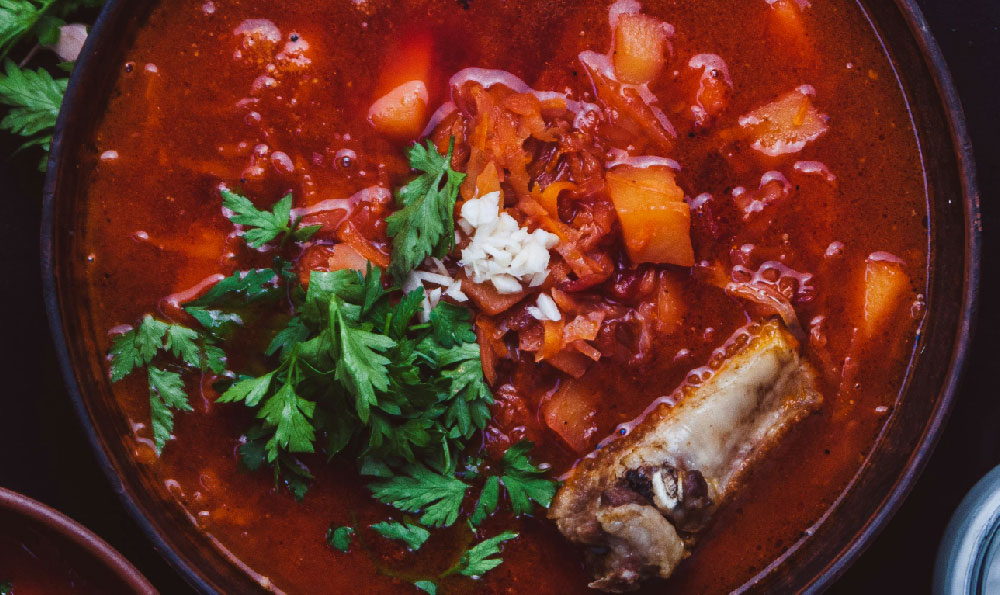
麻辣烫,作为一道火爆的美食,其独特的味道常常让人流连忘返。吃完麻辣烫后的不适感却也让不少人感到困扰。到底是什么原因导致吃完麻辣烫后会有想吐的感觉呢?
麻辣烫的调料是关键所在。麻辣烫中的辣椒、花椒等辛辣调料,含有大量的辣素和挥发性物质,具有强烈的刺激性和挥发性。这些调料在食入人体后,刺激口腔和胃肠道黏膜,引起一系列生理反应,进而导致吃完麻辣烫后产生恶心和想吐的感觉。
二、吃麻辣烫过程中的食欲控制
吃完麻辣烫后想吐,除了调料的刺激外,还与吃饭过程中的食欲控制有关。
麻辣烫往往具有浓重的香气和口感,容易诱发食欲。而在吃的过程中,人们常常因为食欲旺盛、口味过重而过量进食,这导致了胃肠道的过度负担,从而引发恶心和呕吐的感觉。
麻辣烫中辣椒和花椒的特殊刺激性,会加重胃肠道蠕动,增加胃酸分泌,对胃黏膜产生刺激。当食品过量过快地进入胃肠道,胃肠蠕动过于剧烈,就容易引起不适感。
三、个体差异导致反应不同
吃完麻辣烫后想吐,还有一个原因就是个体差异。不同的人对辣味的忍受程度和身体反应各异。
有些人的胃肠道相对较敏感,对辣椒和花椒的刺激容易产生过度反应,导致不适感。而另一些人的胃肠道则相对较为强健,对辣味的刺激可以较好地承受,不会产生吃完麻辣烫后想吐的感觉。
四、吃麻辣烫的不良习惯
除了上述原因,吃完麻辣烫后想吐的还有一种情况,那就是吃麻辣烫的不良习惯。
有些人嗜辣成性,吃麻辣烫时总是追求极致的辣度,不顾健康状况和个体差异,过量食用辣椒和花椒,导致胃肠道无法承受,出现不适感。
吃麻辣烫过程中的饮食结构和搭配也会影响消化系统的吸收和排泄功能。如果吃麻辣烫时食用过多的油脂类食物,加重了消化系统的负担,就更容易产生吃完麻辣烫后想吐的感觉。
吃完麻辣烫想吐,主要是因为麻辣烫调料的刺激、食欲控制不当、个体差异以及不良的饮食习惯等多种原因共同导致的。为了避免产生不适感,我们可以适量控制食量,选用适合自己口味的辣度,并注意搭配其他食物,保持饮食的多样性和均衡性。这样既能享受美食,又能保护消化系统的健康。
吃麻辣烫会引起头痛吗
从前,有一位名叫小明的年轻人。他非常喜欢吃麻辣烫,每次吃的时候都能感受到满口的香辣味道,但他发现每次吃完麻辣烫后,头痛的问题也接踵而来。这让他很疑惑,吃麻辣烫是否会引起头痛呢?我们就来看看这个问题的答案。

1. 麻辣烫的特点与辣椒素的影响
麻辣烫独特的口感来自于辣椒素,它是一种在辣椒中含量丰富的天然成分。辣椒素刺激口腔和舌头,让人感到火辣刺激。并没有科学研究证明辣椒素会直接导致头痛。吃麻辣烫并不会直接引发头痛。
2. 饮食习惯与头痛的关系
麻辣烫中的很多配料,如葱姜蒜等,可能与头痛有一定的关系。葱姜蒜含有大量的辣素和挥发性物质,它们可以刺激神经系统,导致头痛的发生。如果一个人平时就对这些食材敏感,那么吃了麻辣烫后头痛的可能性会增加。
3. 食物添加剂与健康问题
除了麻辣烫中的食材,食物添加剂也是一个可能的原因。有些麻辣烫店为了增加食物的香味和口感,可能会添加过多的调味料,如味精等。这些化学物质可能会对人体产生一定的刺激,导致头痛等不适症状。小明吃麻辣烫后头痛,可能与食物添加剂的使用有关。
4. 个体差异与身体反应
除了食材和添加剂,个体差异也是一个重要的因素。每个人的身体和生理机能都不相同,对食物的反应也各有差异。有些人可能对辣椒素的刺激更敏感,容易引发头痛等不适症状。而对于另一些人来说,吃麻辣烫后却没有任何不适感觉。个体差异也是导致小明头痛的一个可能原因。
吃麻辣烫不会直接引起头痛。其中的配料、食物添加剂以及个体差异等因素可能会导致头痛的发生。如果你吃完麻辣烫后出现了头痛等不适症状,可以尝试减少辣椒、调味料的摄入量,或者选择其他不辣的食物。如果头痛问题持续存在,建议咨询医生的意见,以了解更具体的原因和解决方法。
食物的选择和饮食习惯对我们的健康至关重要。吃得健康才能活得好!


